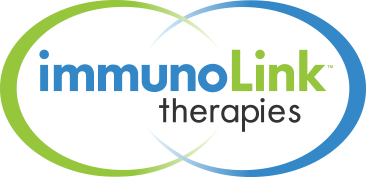Aging affects the ability of stem (and progenitor) cells to function properly, which ultimately can lead to cell death (apoptosis), senescence (loss of a cell’s power of division and growth), or loss of regenerative potential (see: World J Exp Med. 2017 Feb 20; 7(1): 1–10. Published online 2017 Feb 20. doi: 10.5493/wjem.v7.i1.1).

Figure: A proposed mechanism for the aging-induced deterioration of stem cell functions and aging-associated diseases. ROS: Reactive oxygen species.
From the various advances in stem cell research, it is clear that we grow old partly because our stem cells grow old with us. The functions of aged stem cells become impaired as the result of cell-intrinsic pathways and surrounding environmental changes. With the sharp rise in the aging-associated diseases, the need for effective regenerative medicine strategies for the aged is more important than ever. Fortunately, rapid advances in stem cell and regenerative medicine technologies continue to provide us with a better understanding of the diseases that allows us to develop more effective therapies and diagnostic technologies to better treat aged patients.



